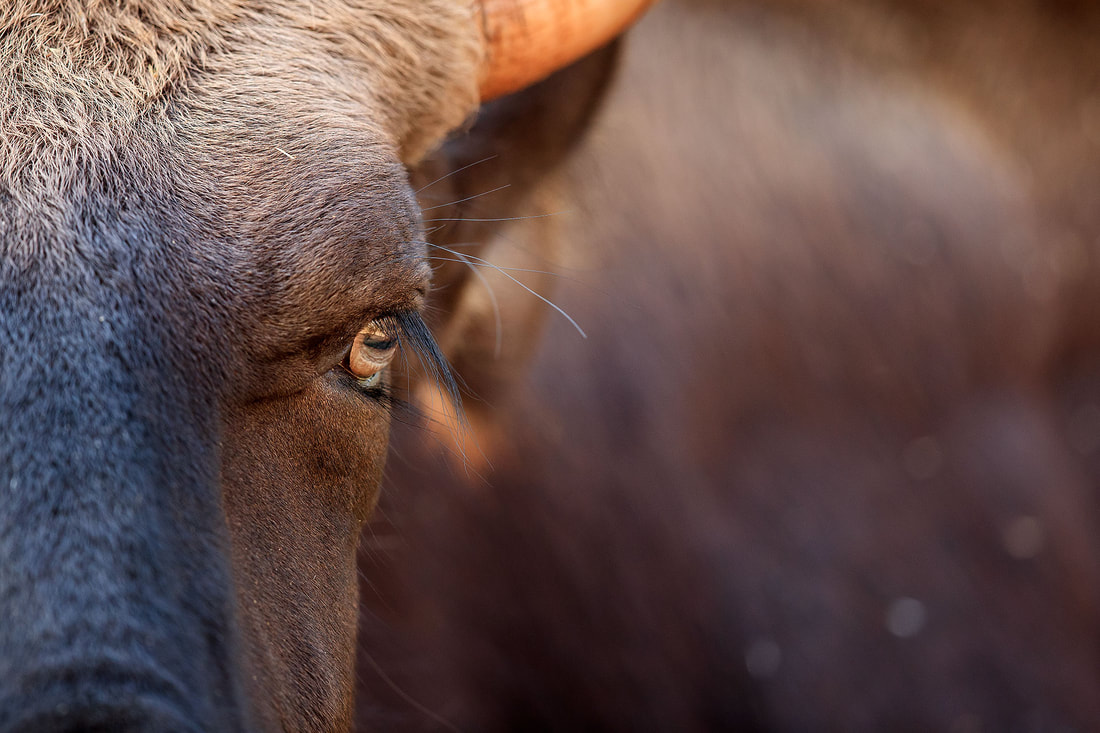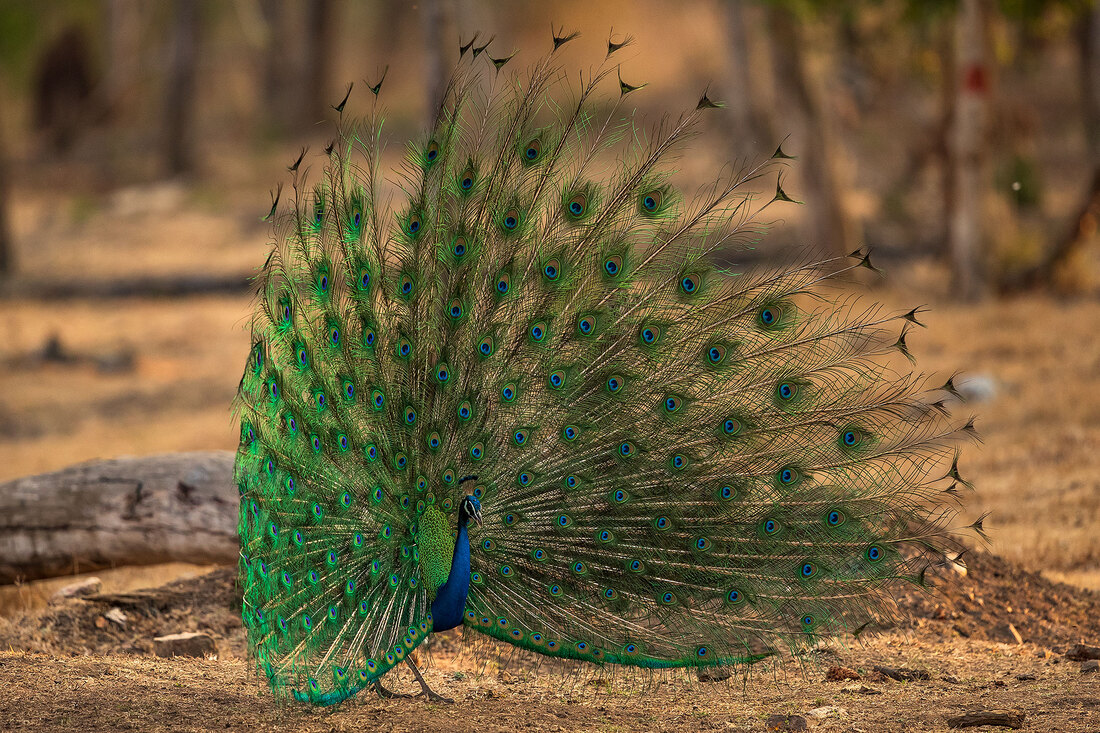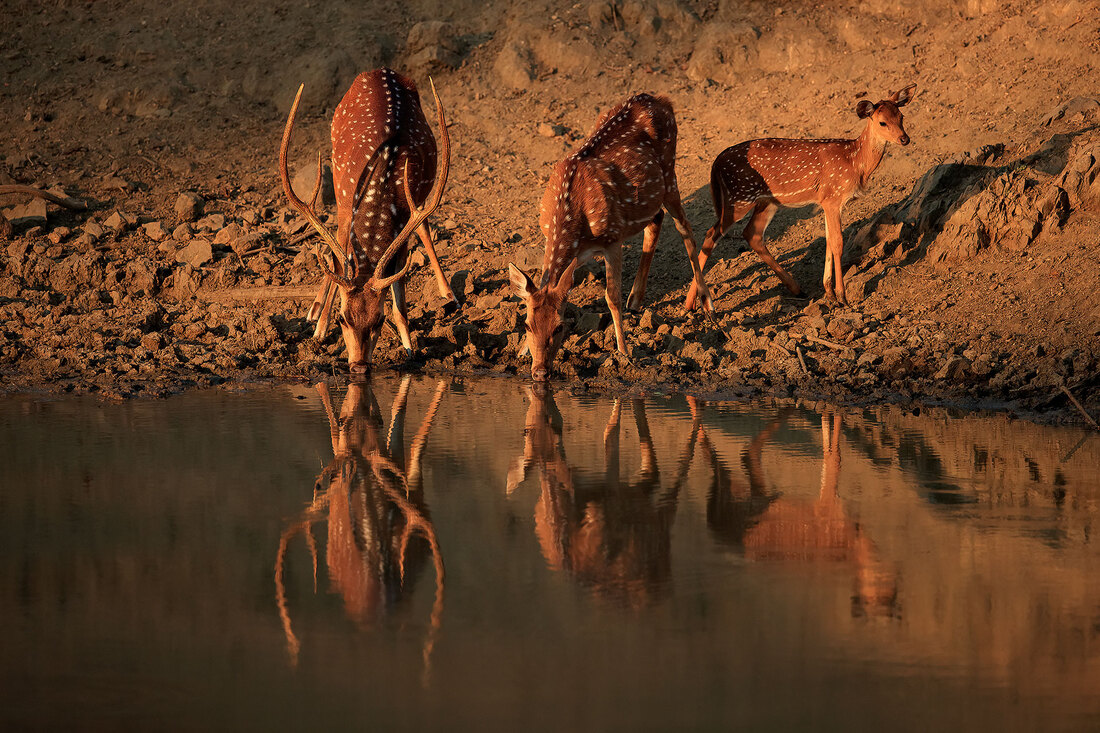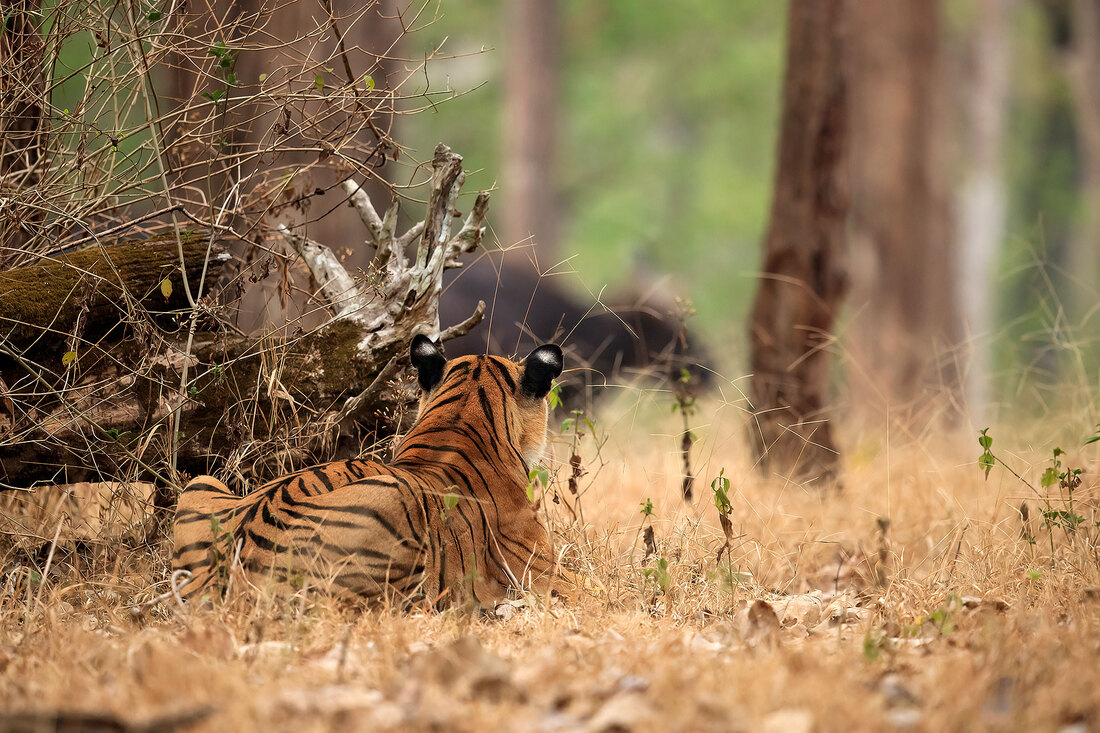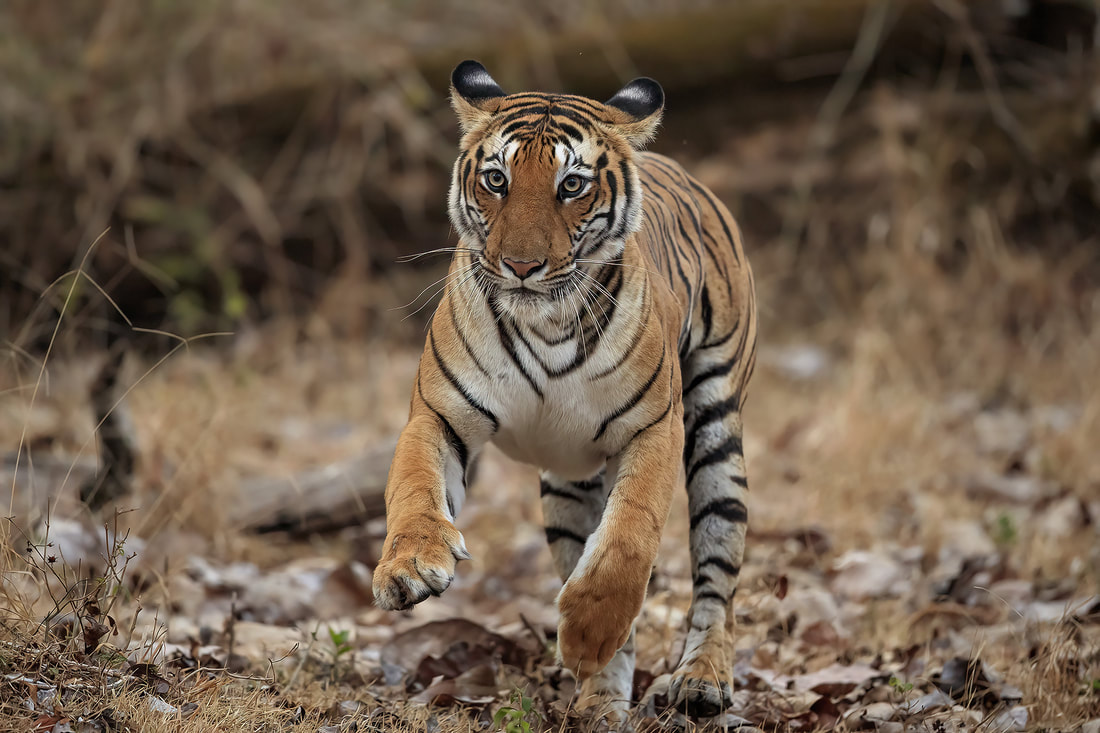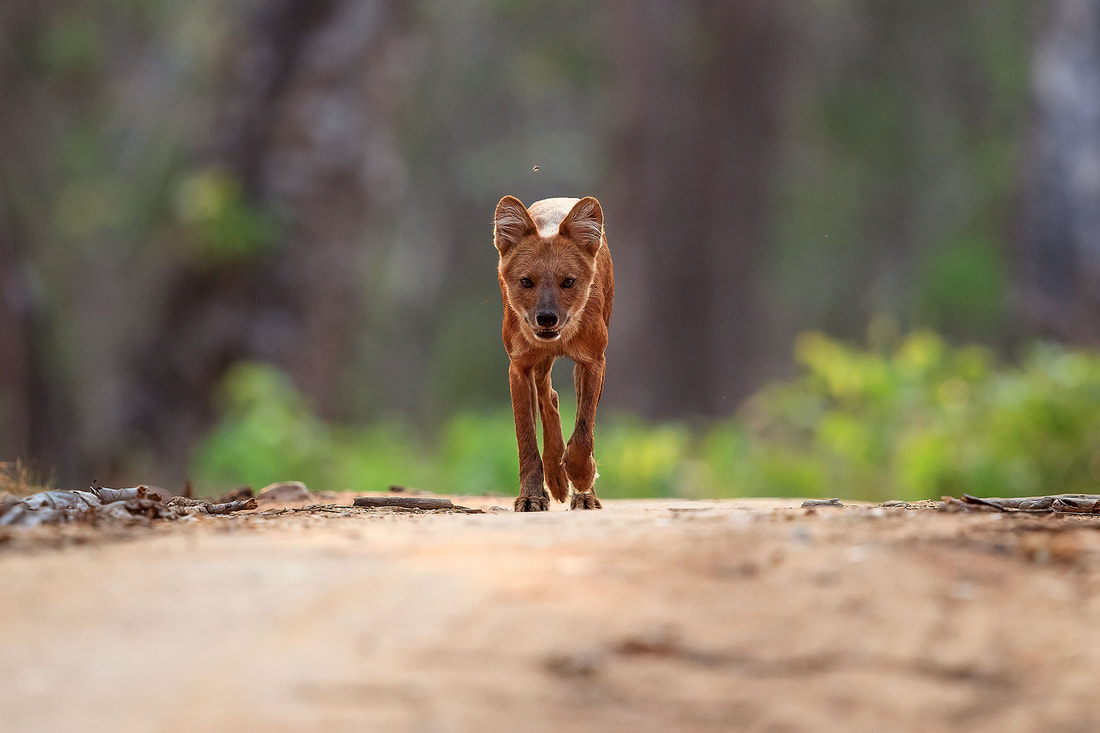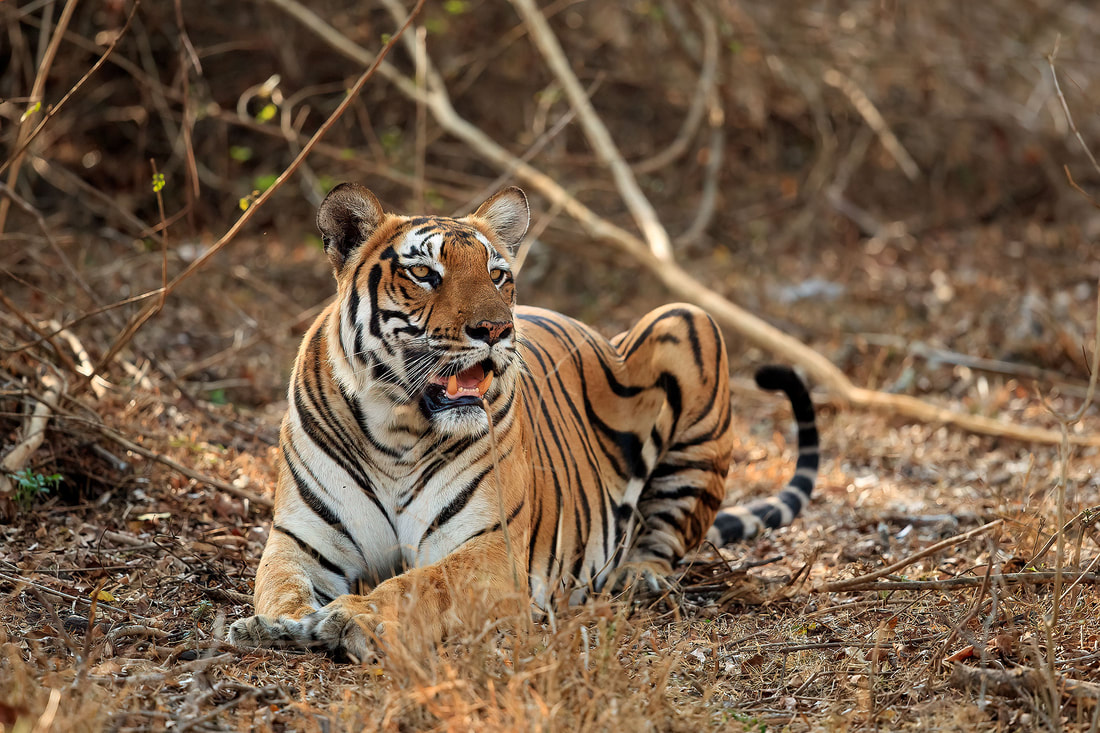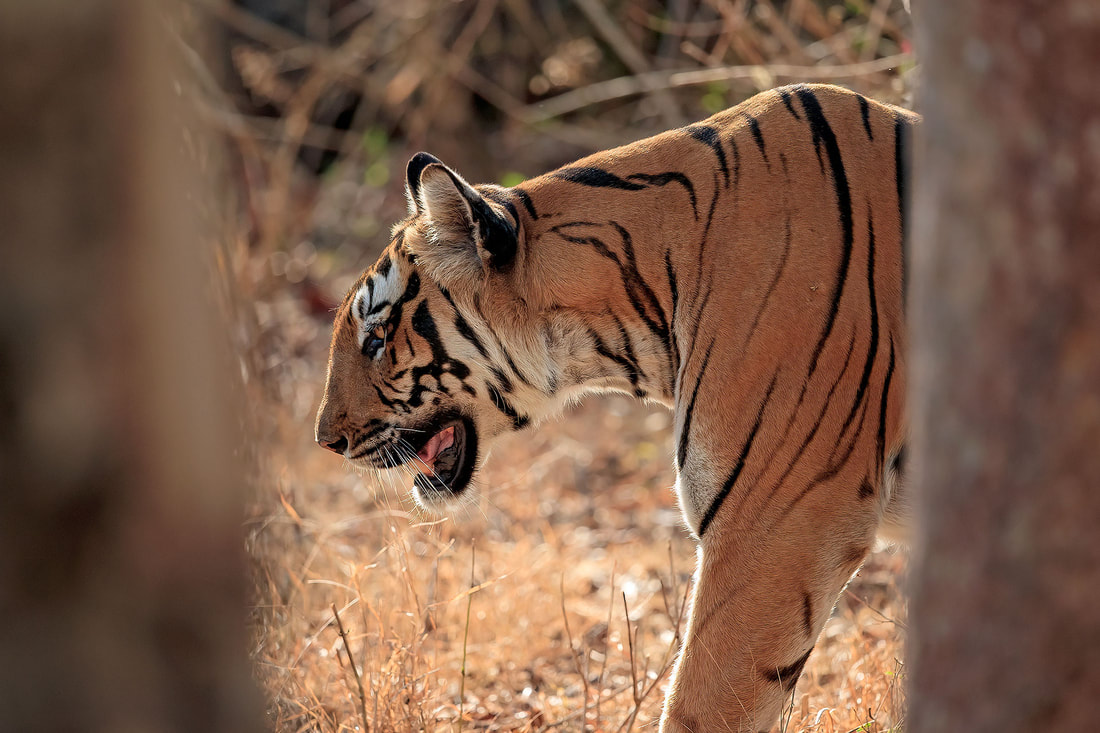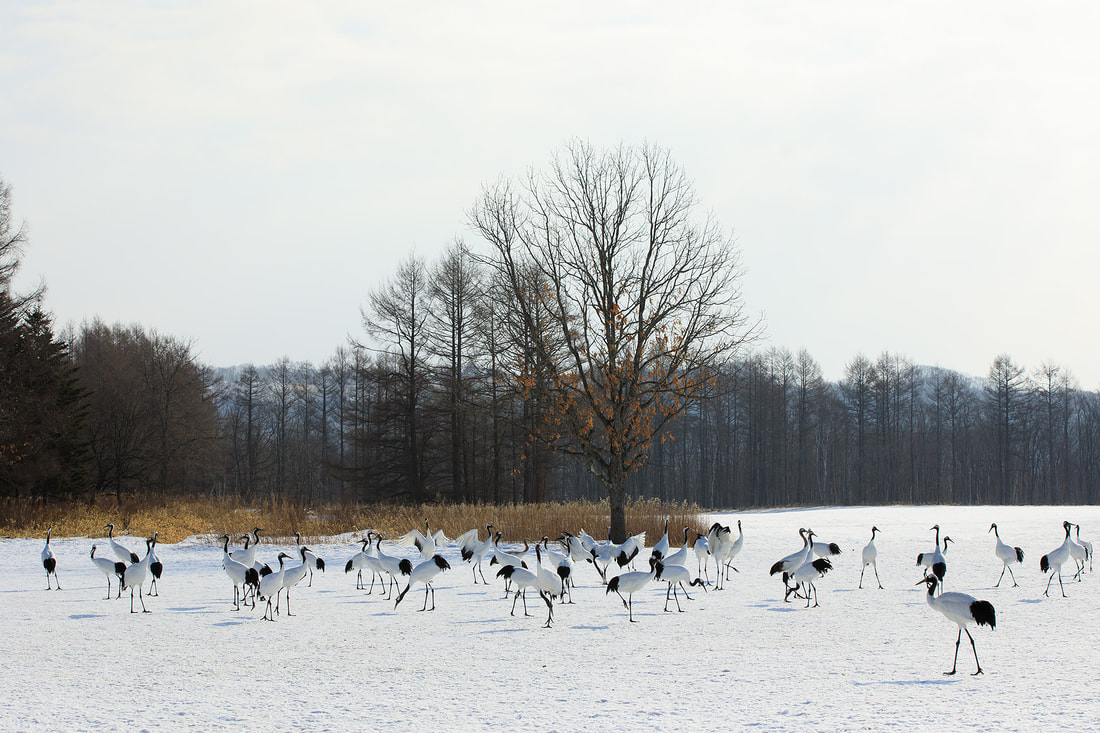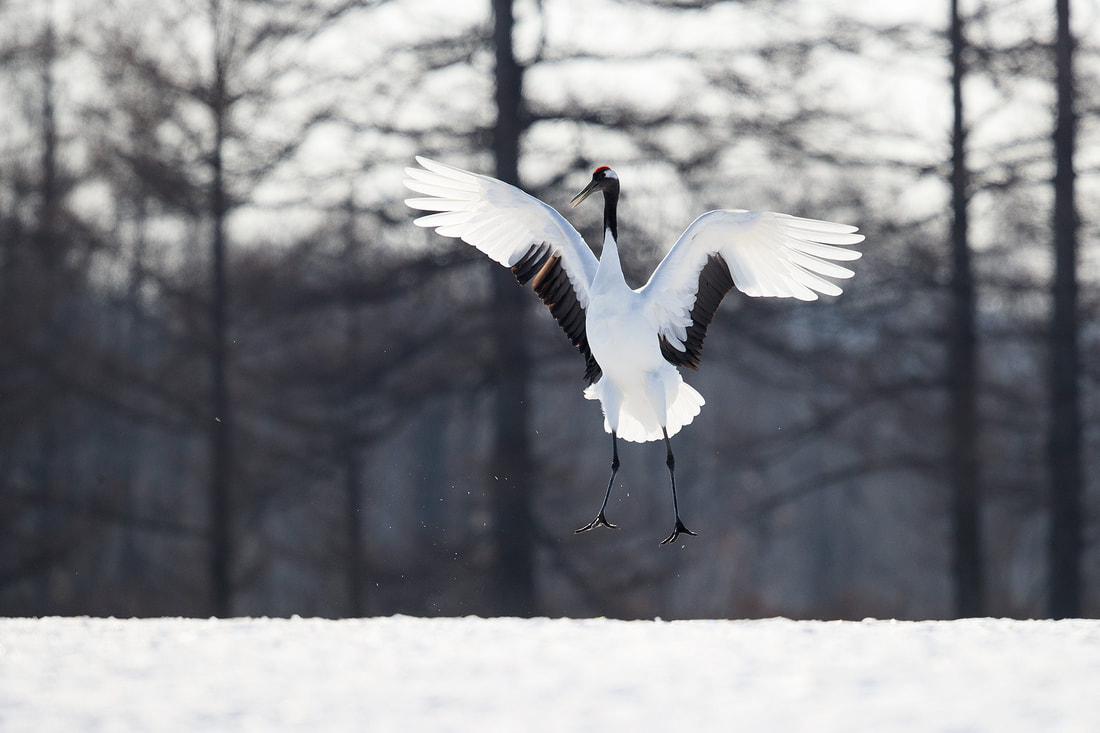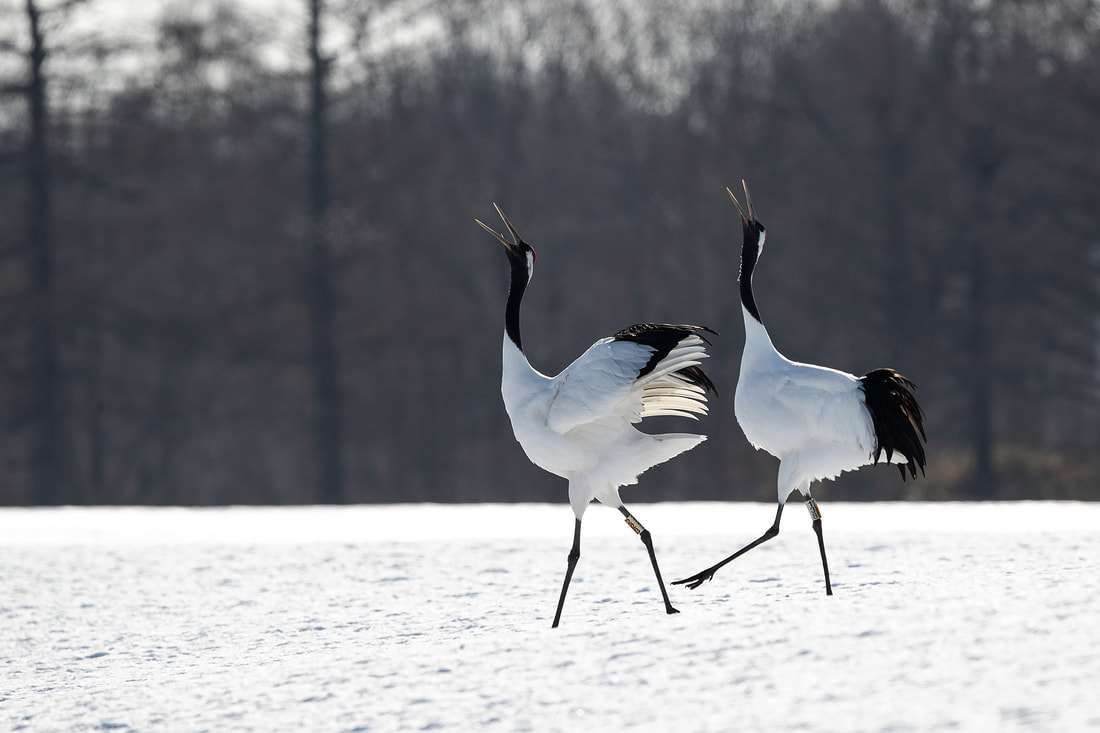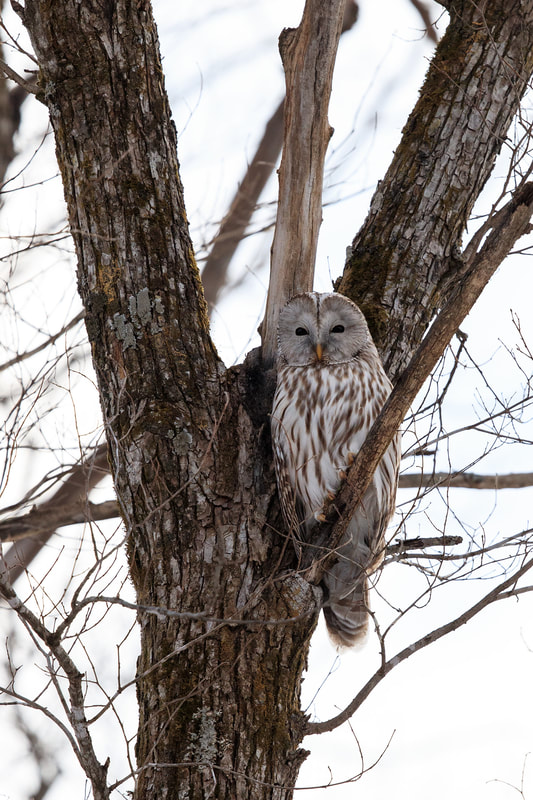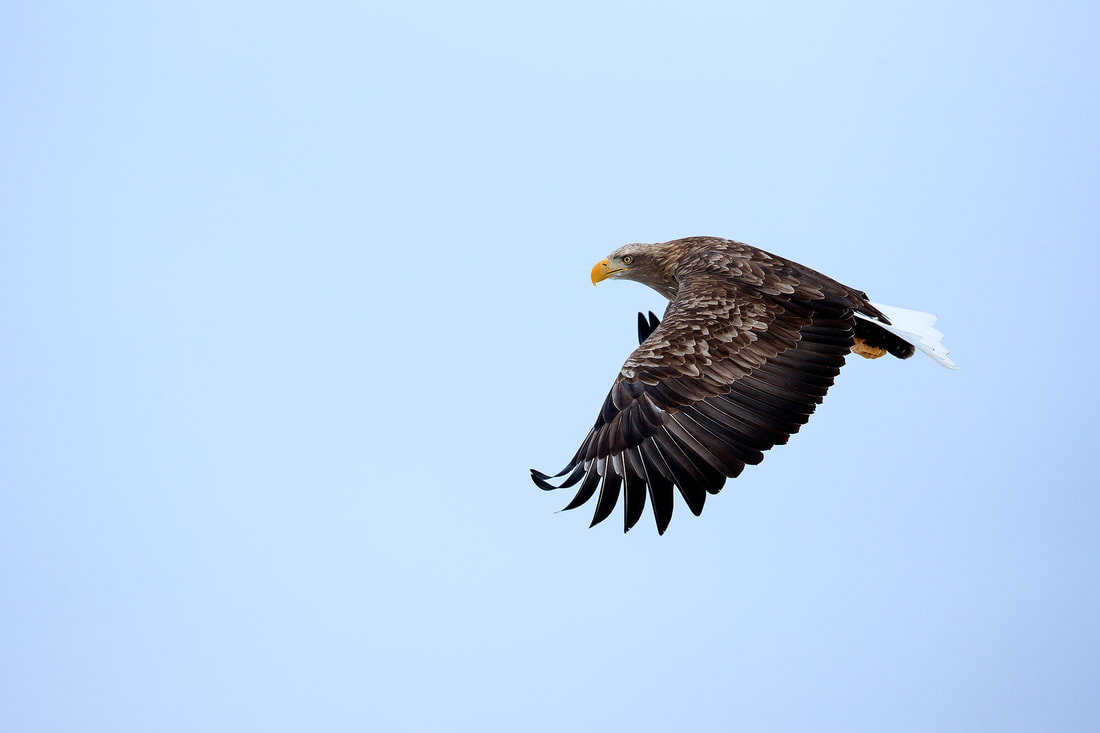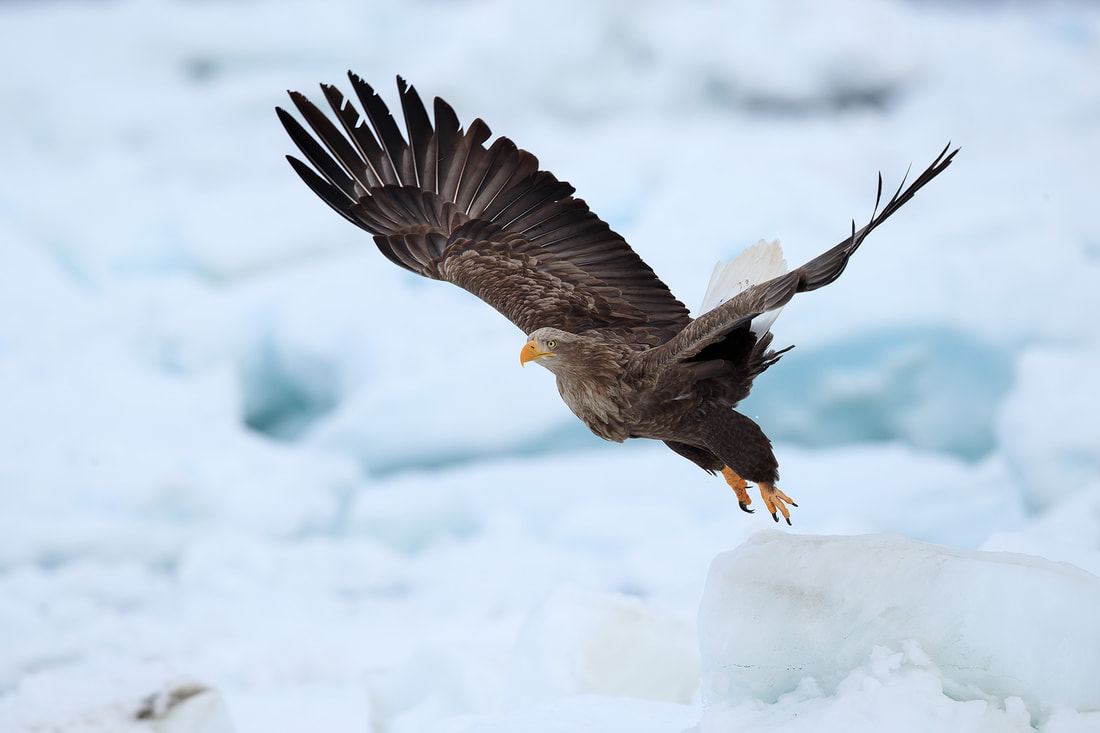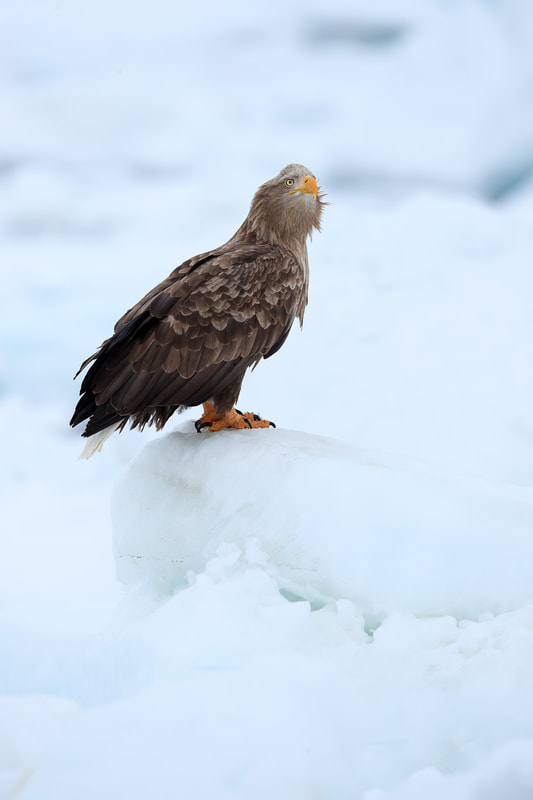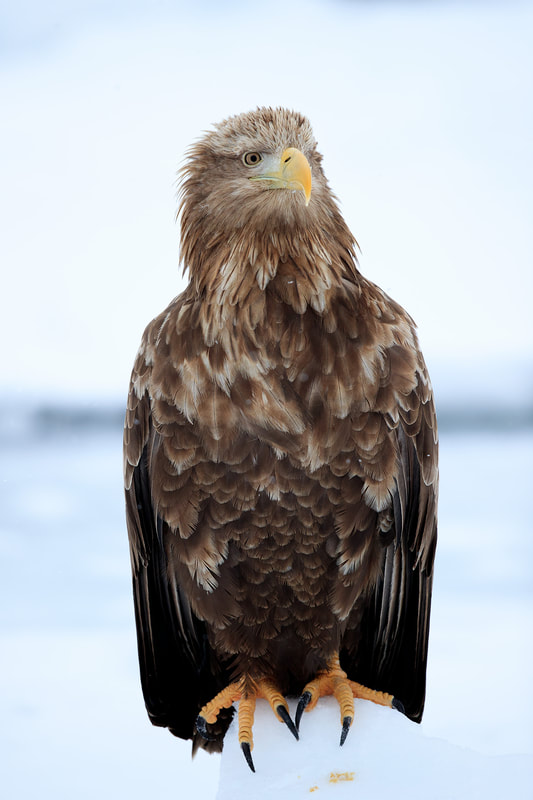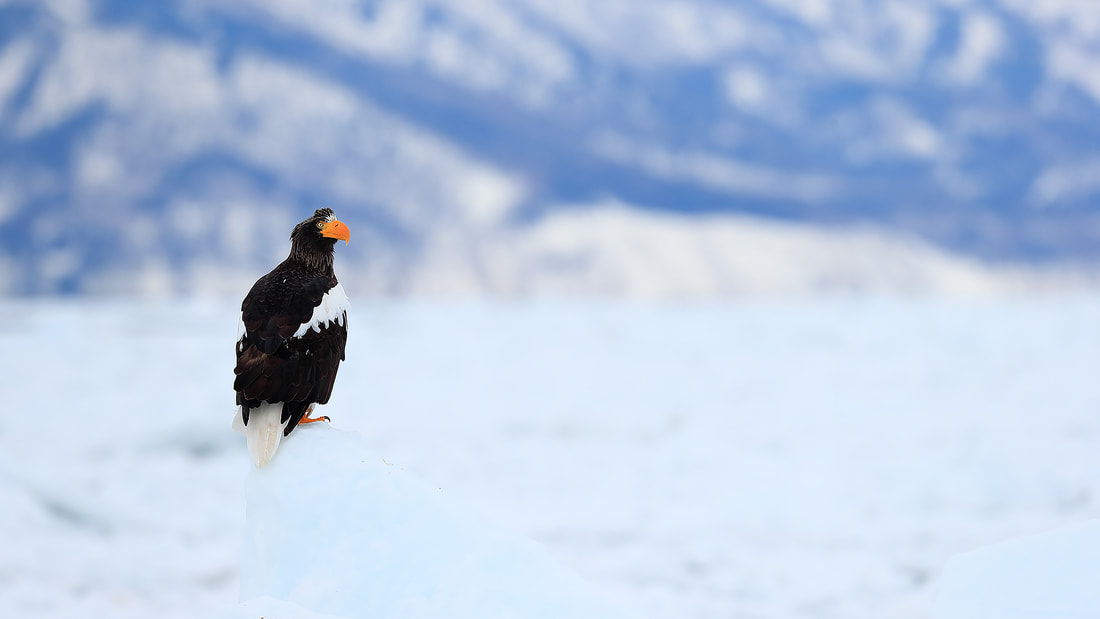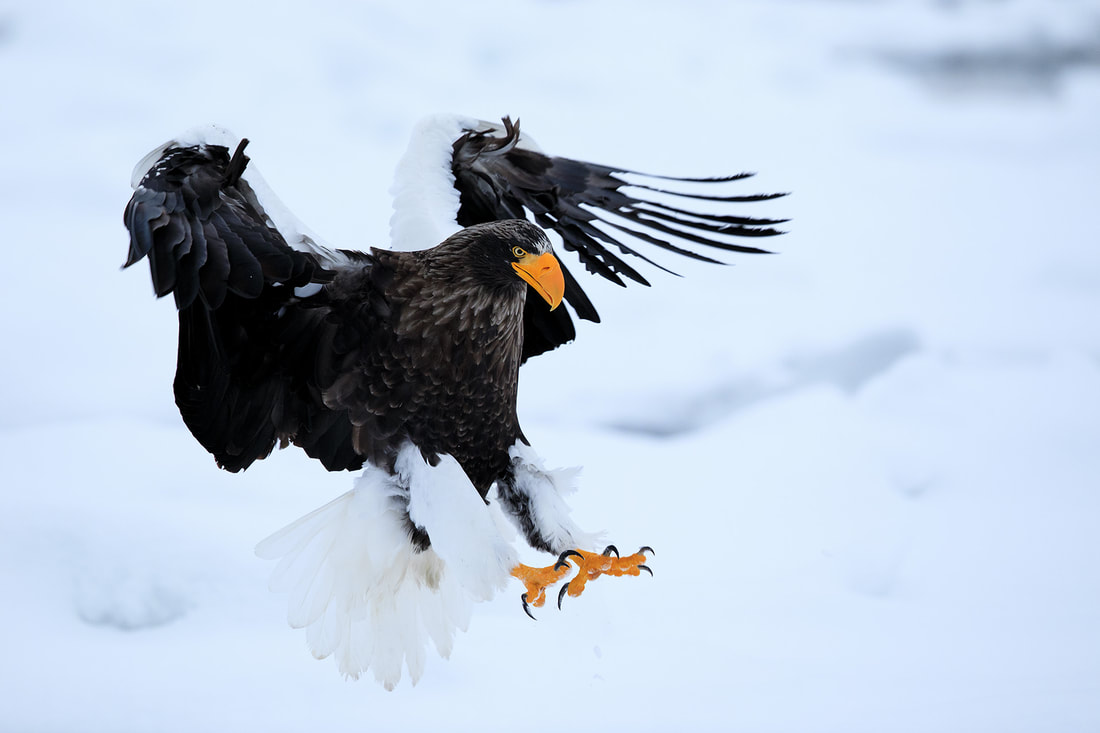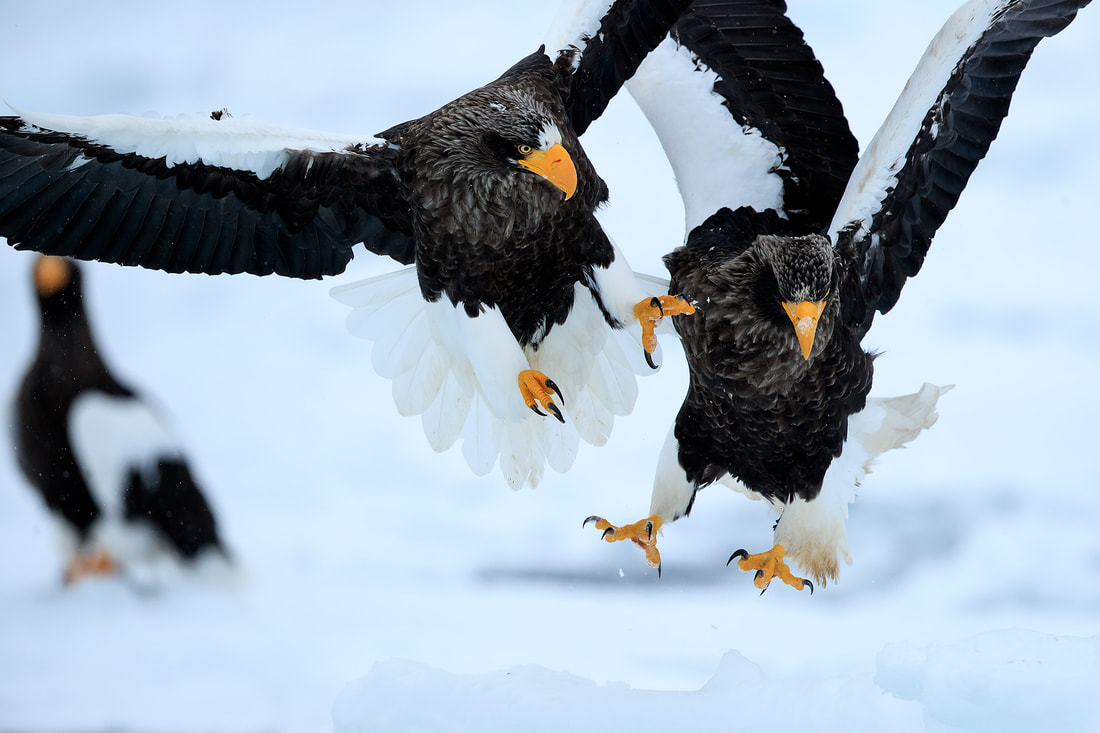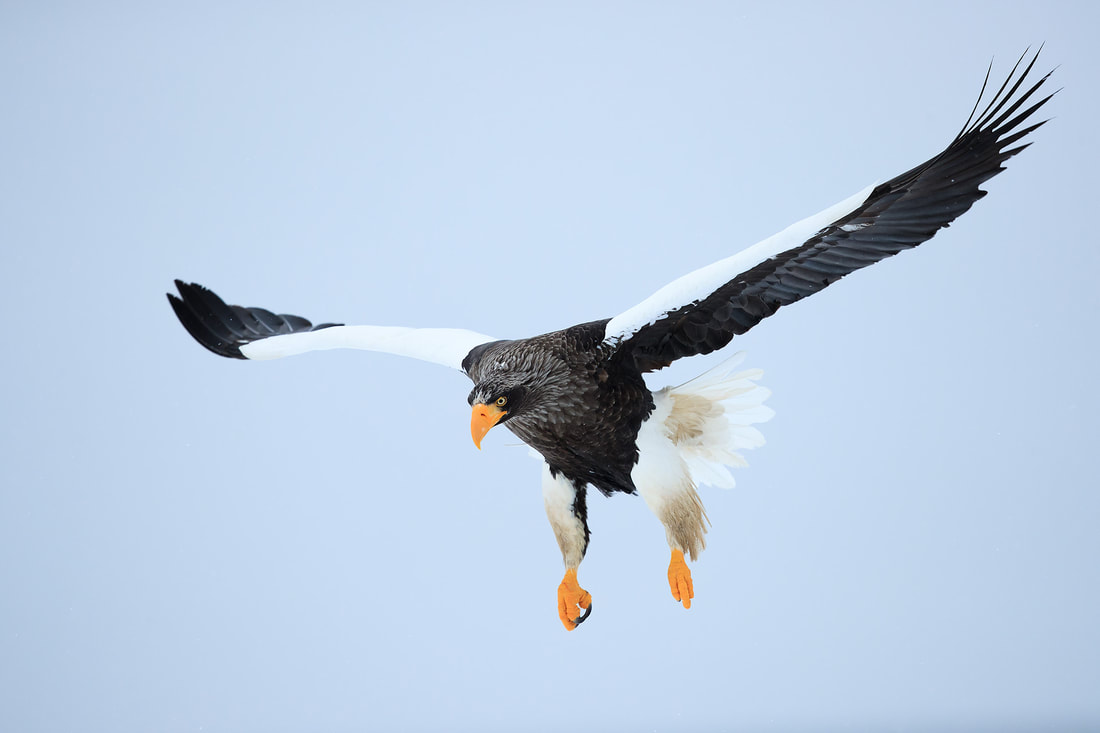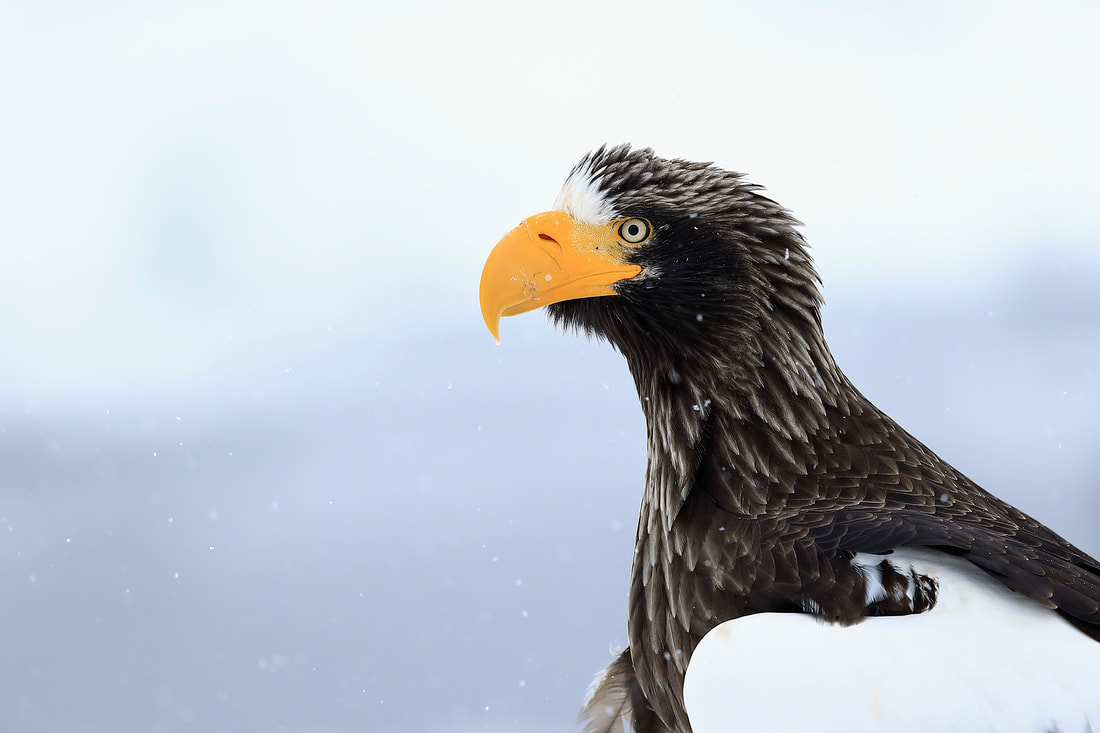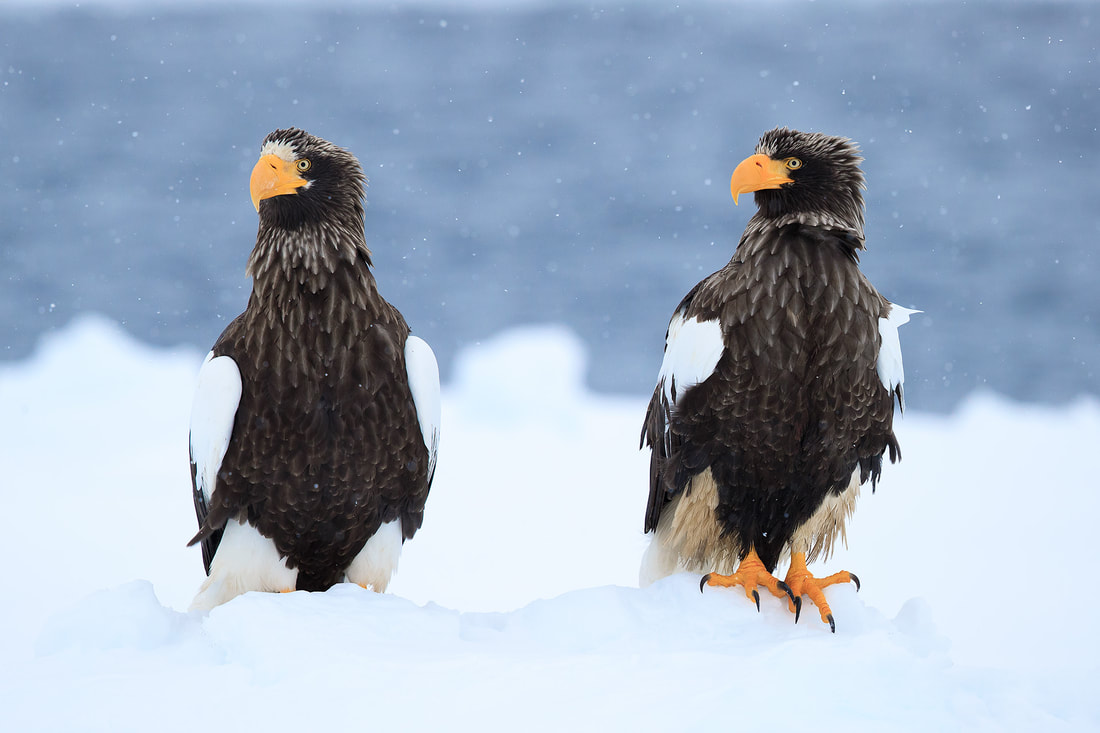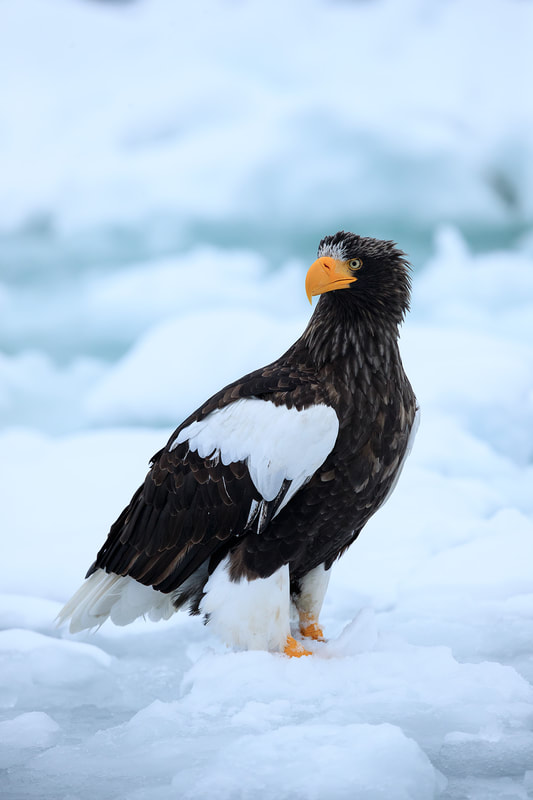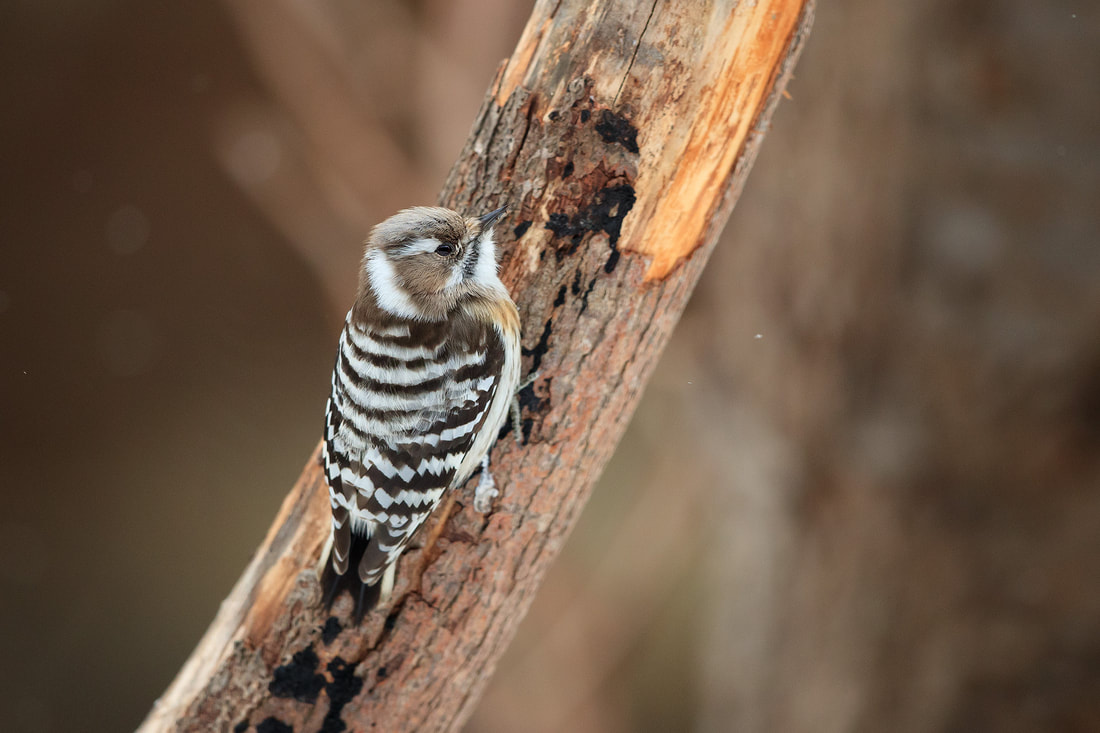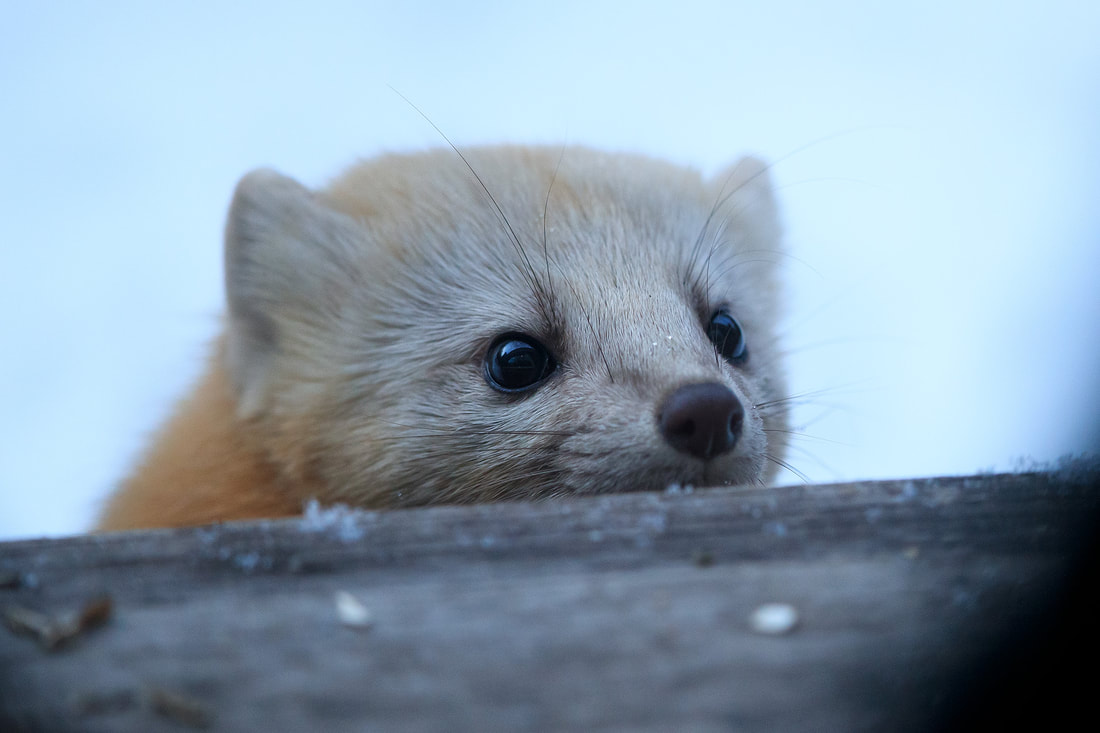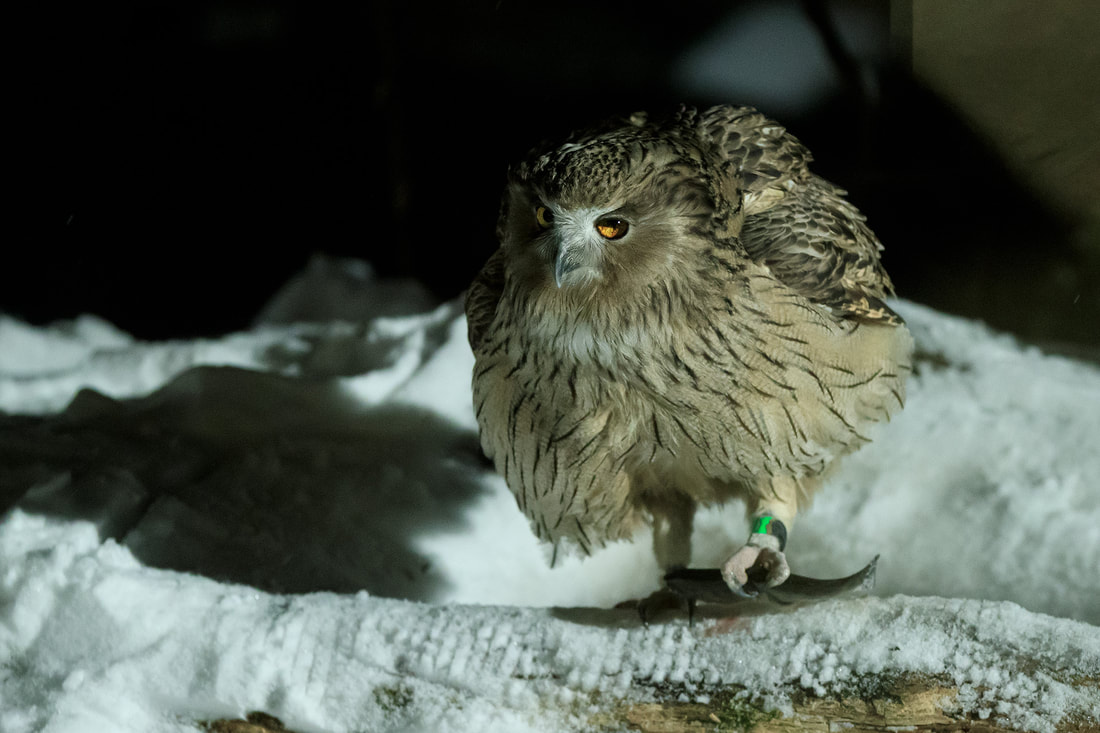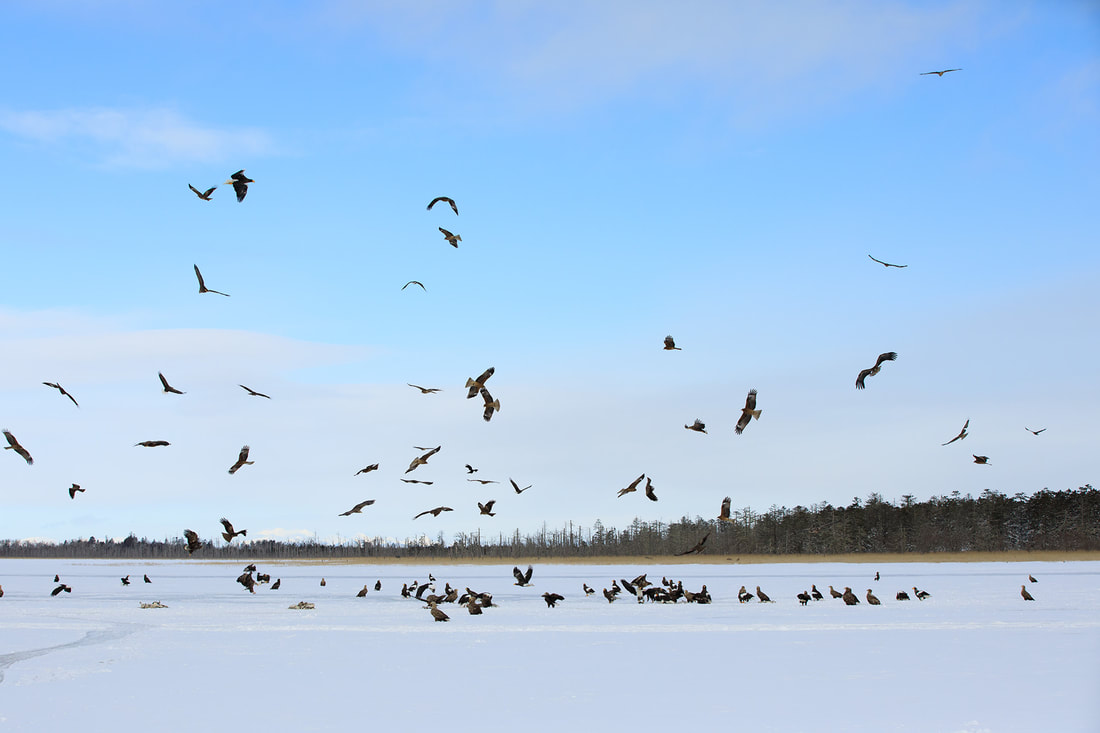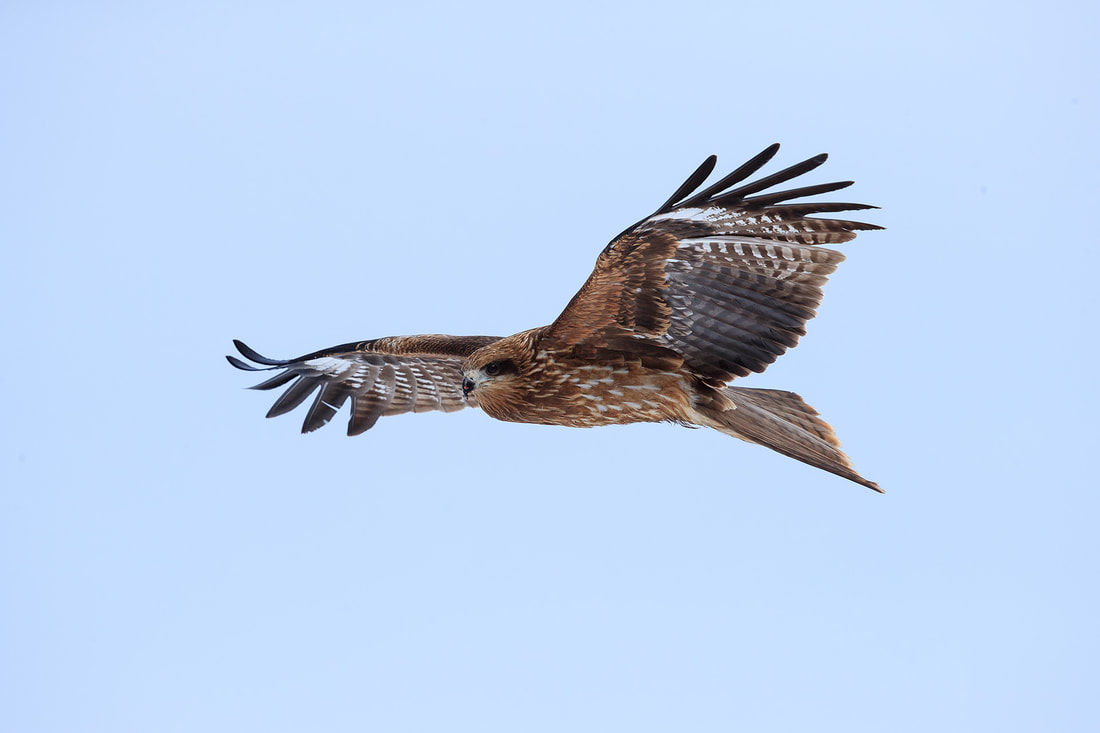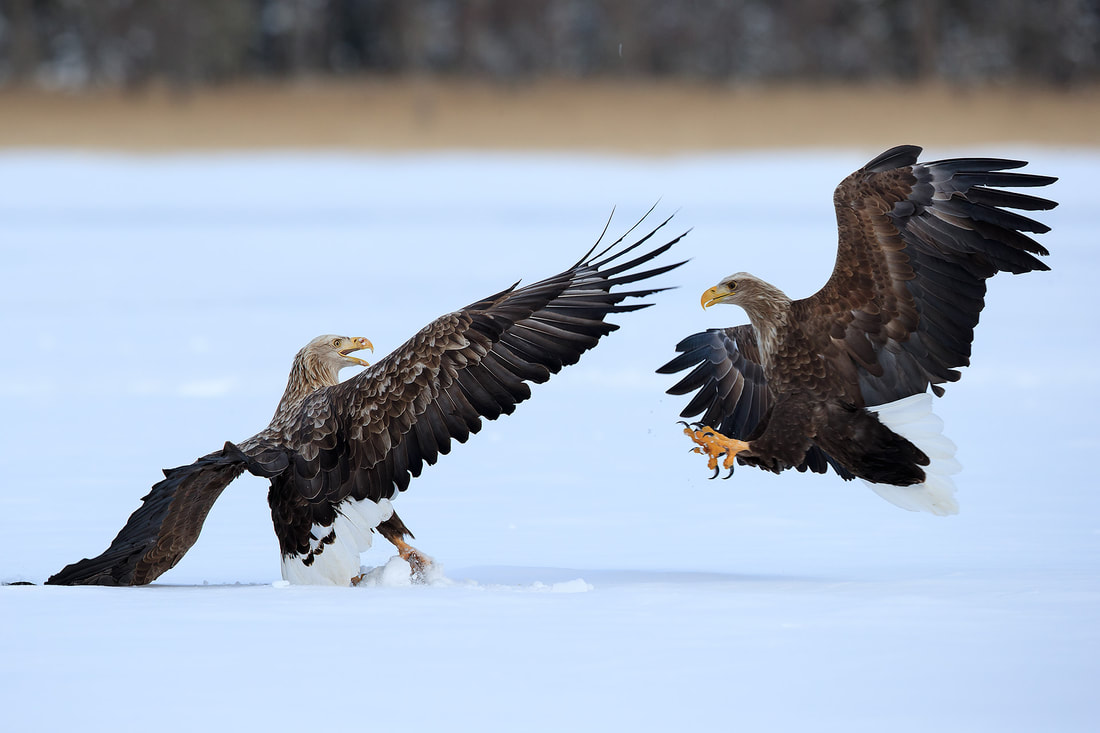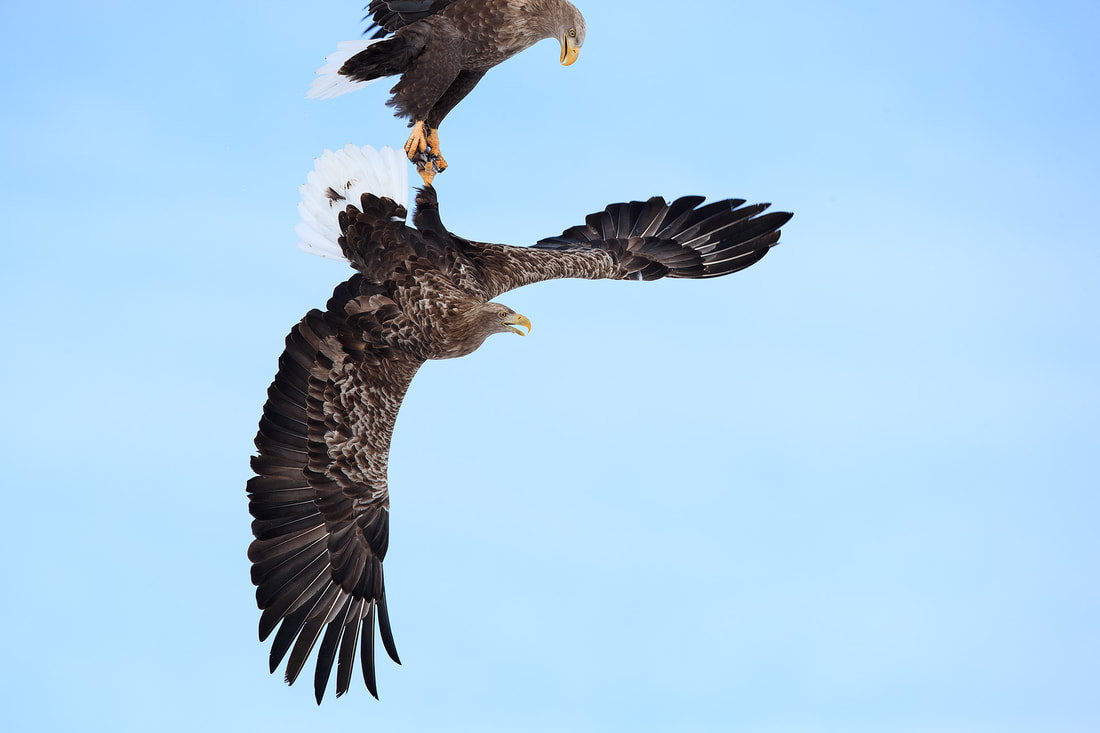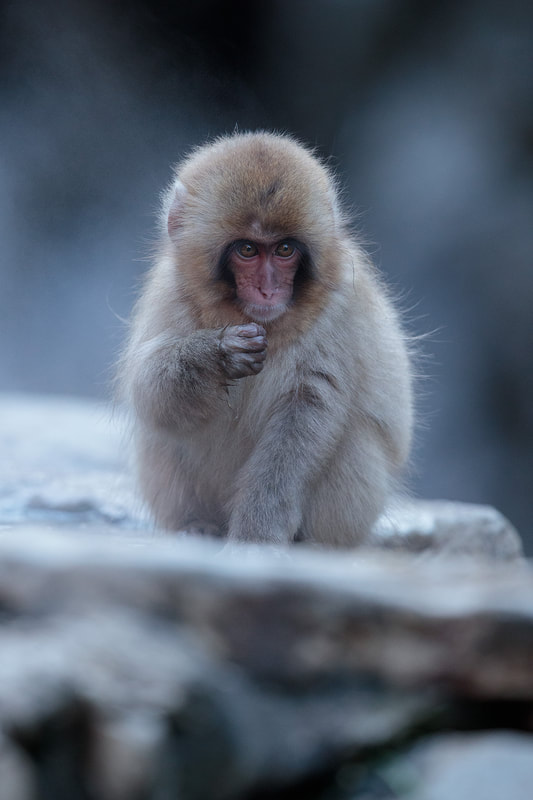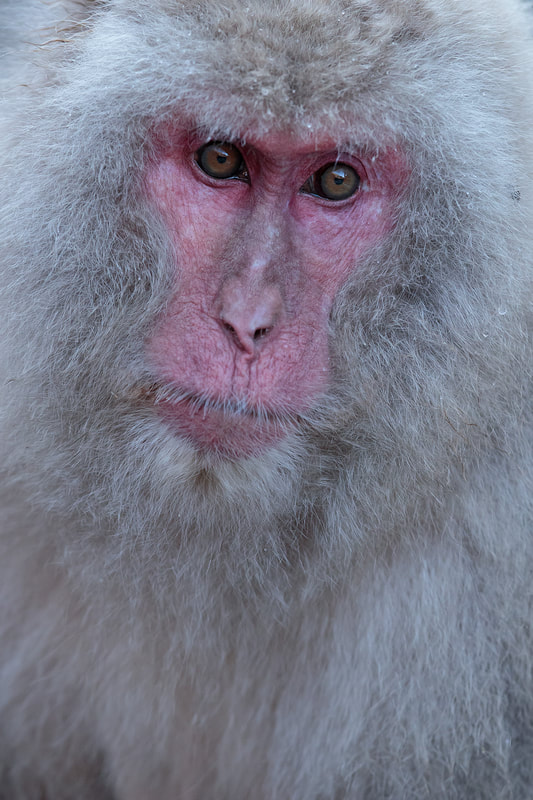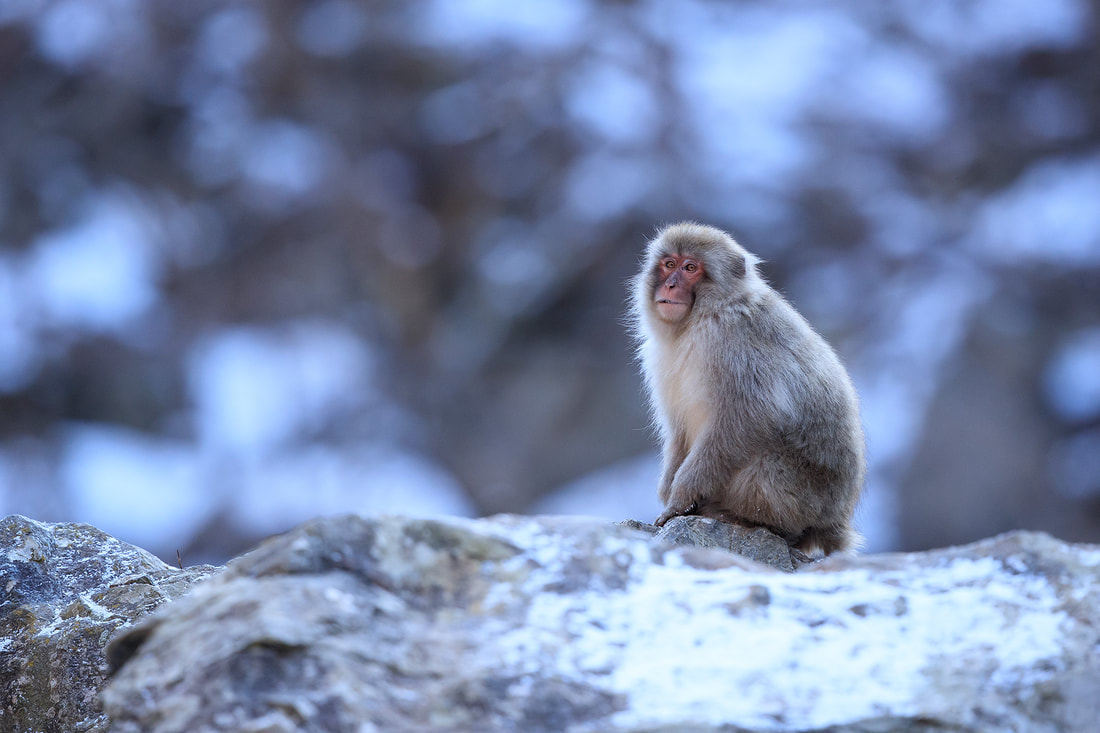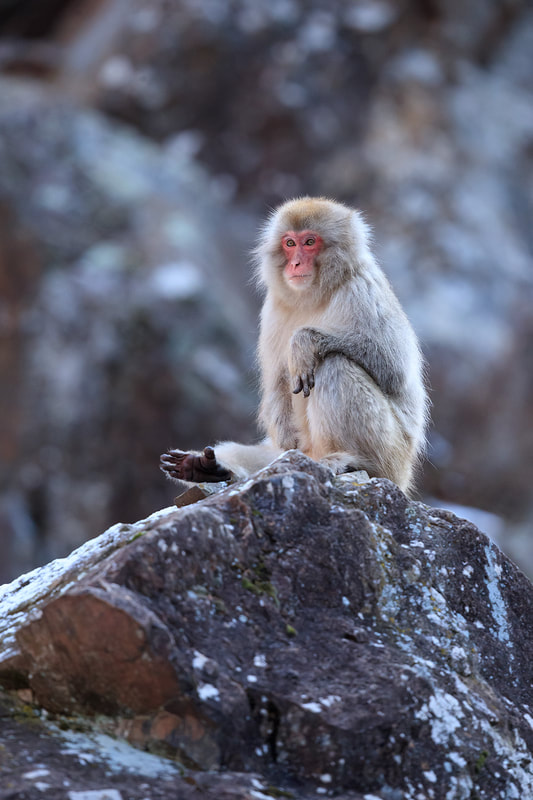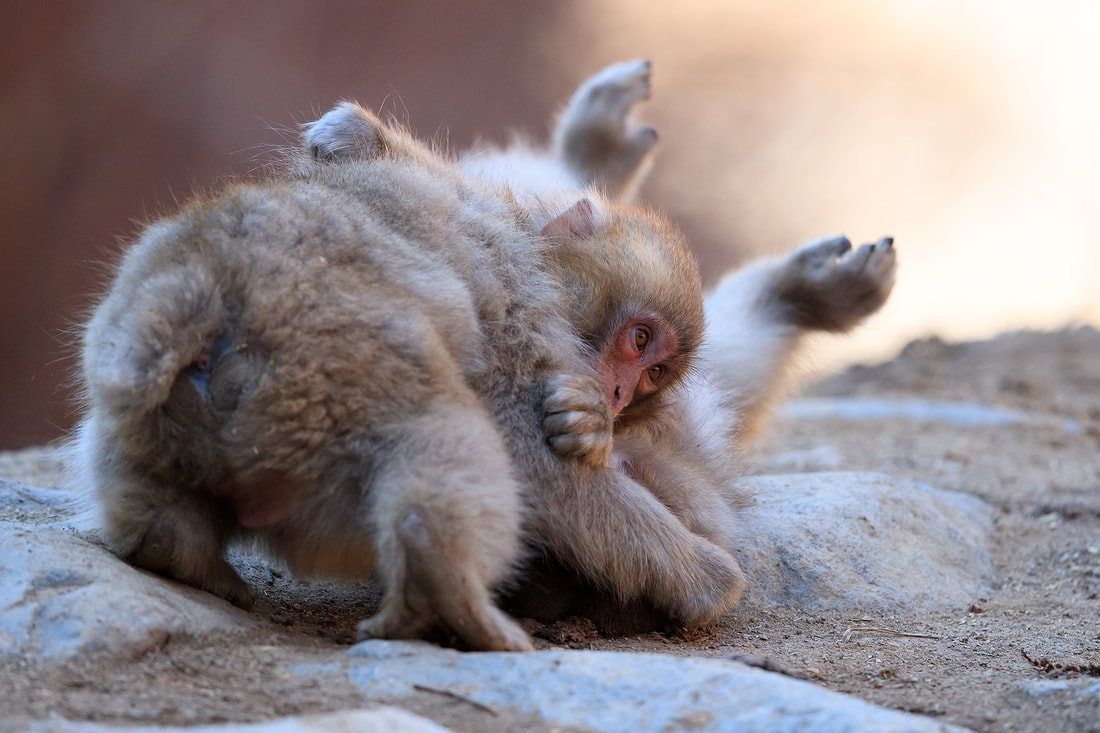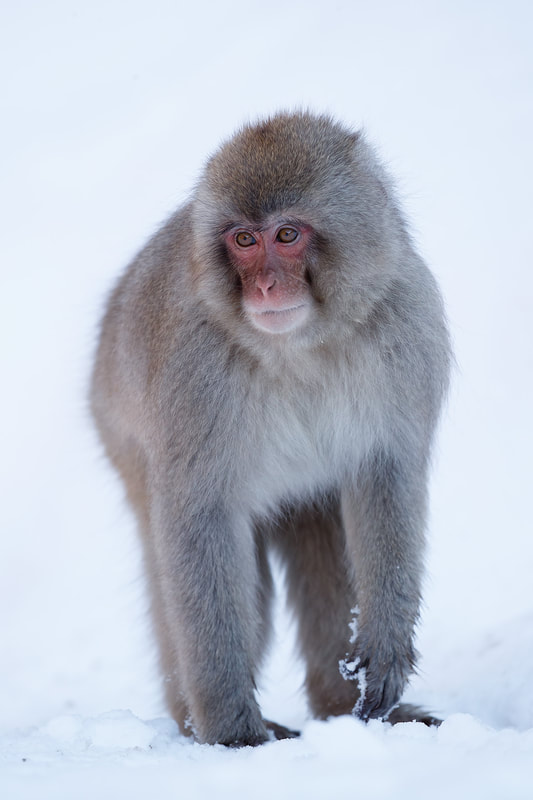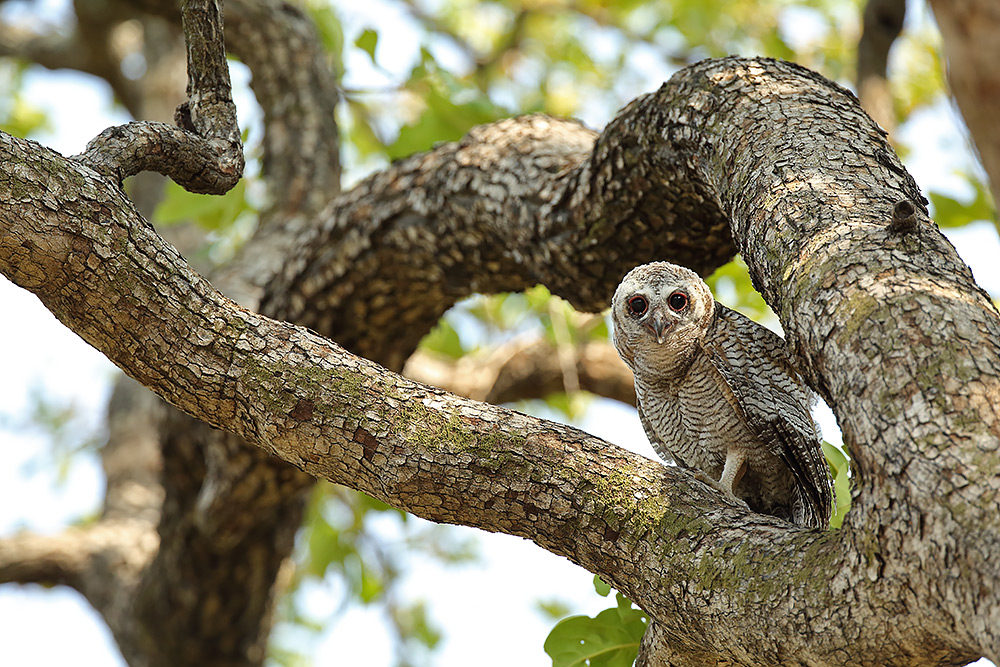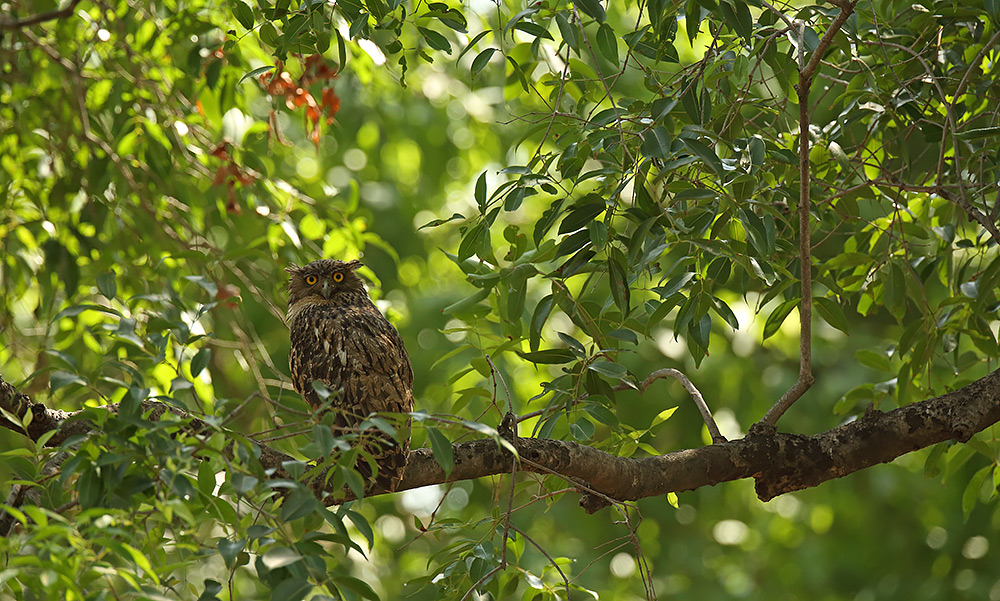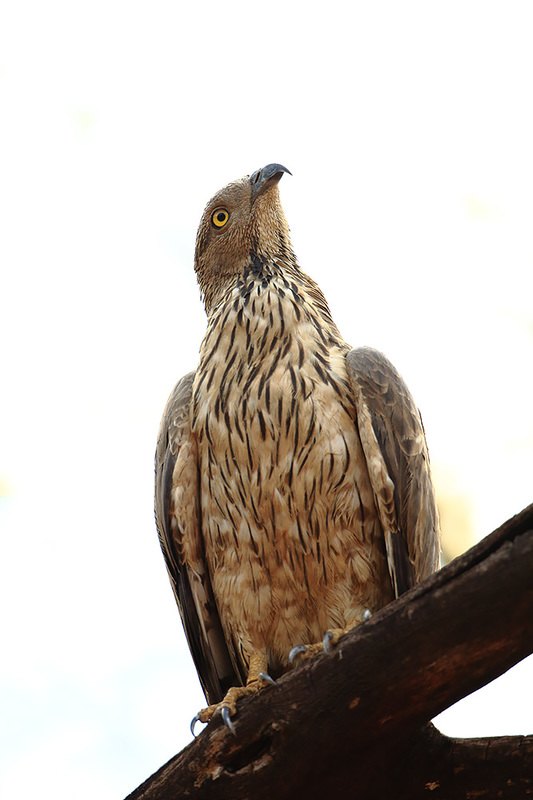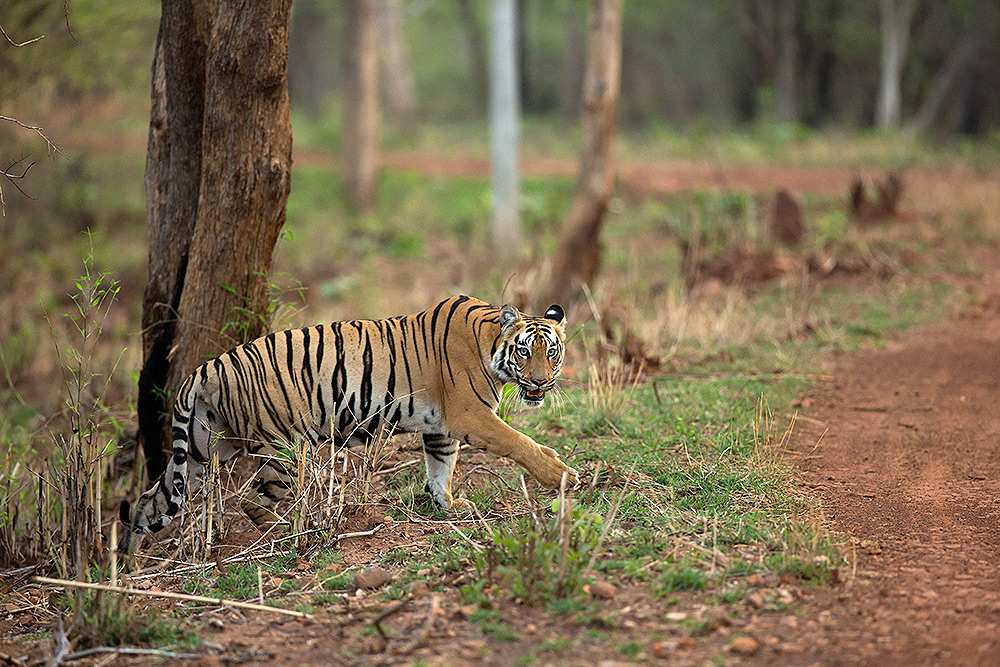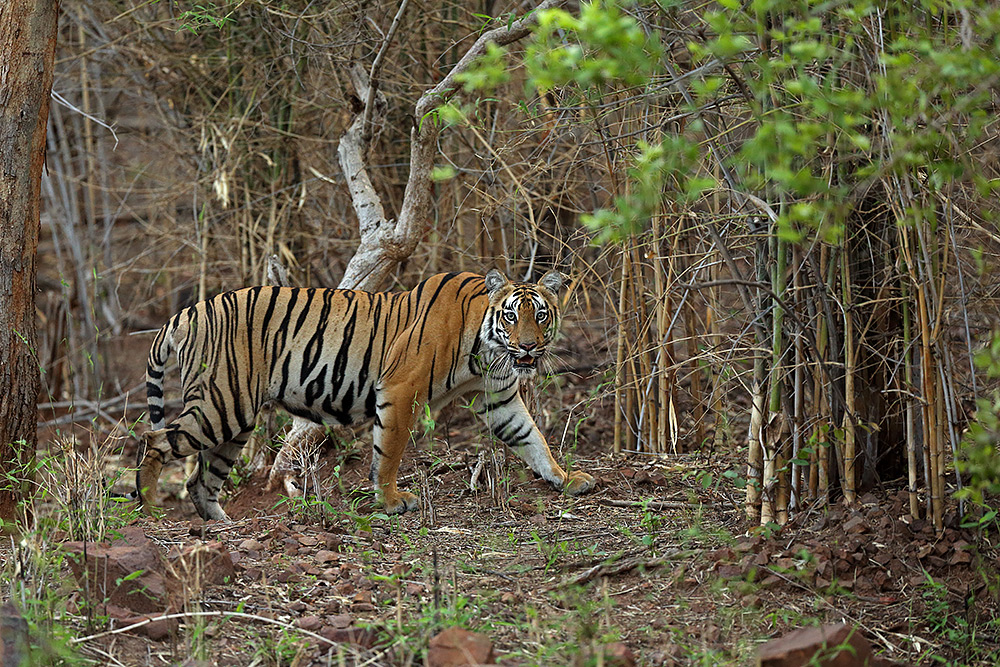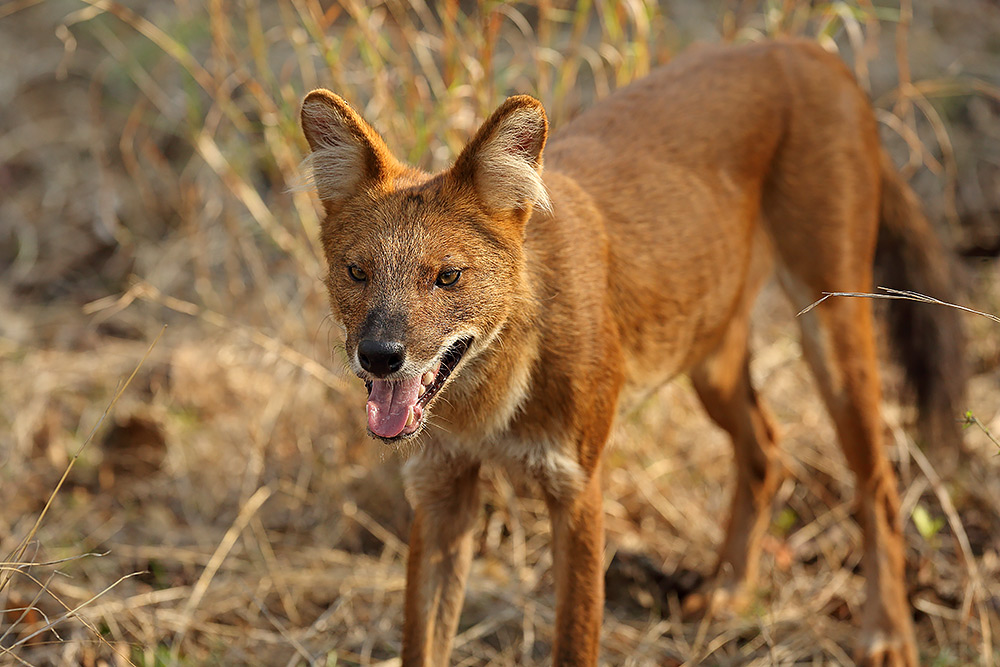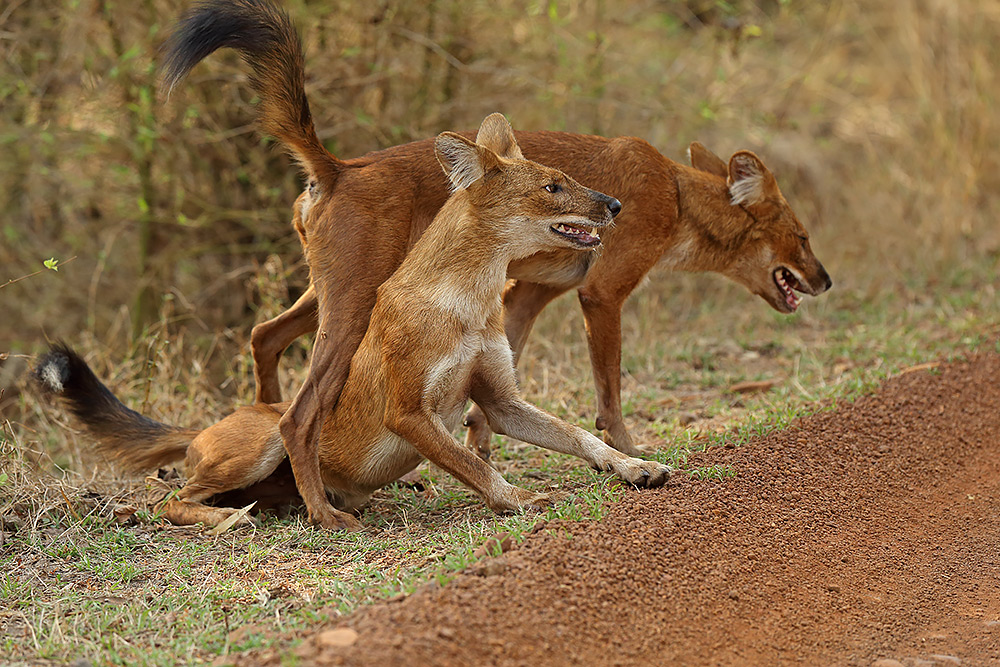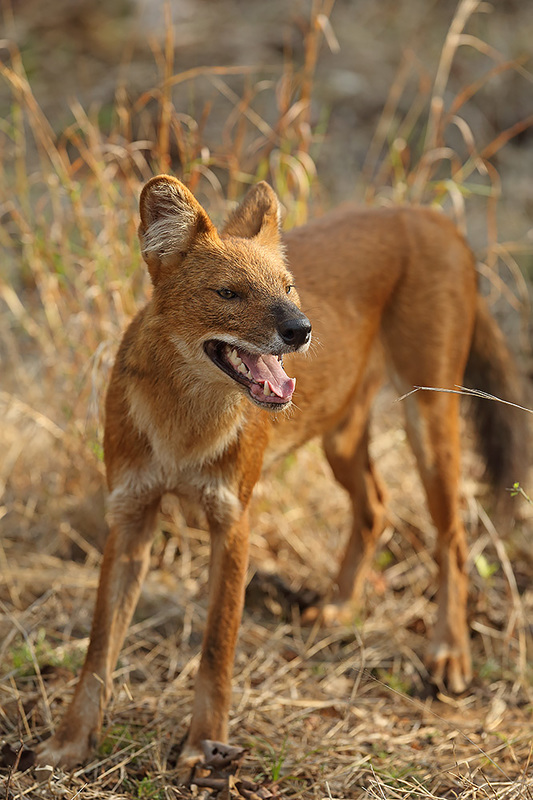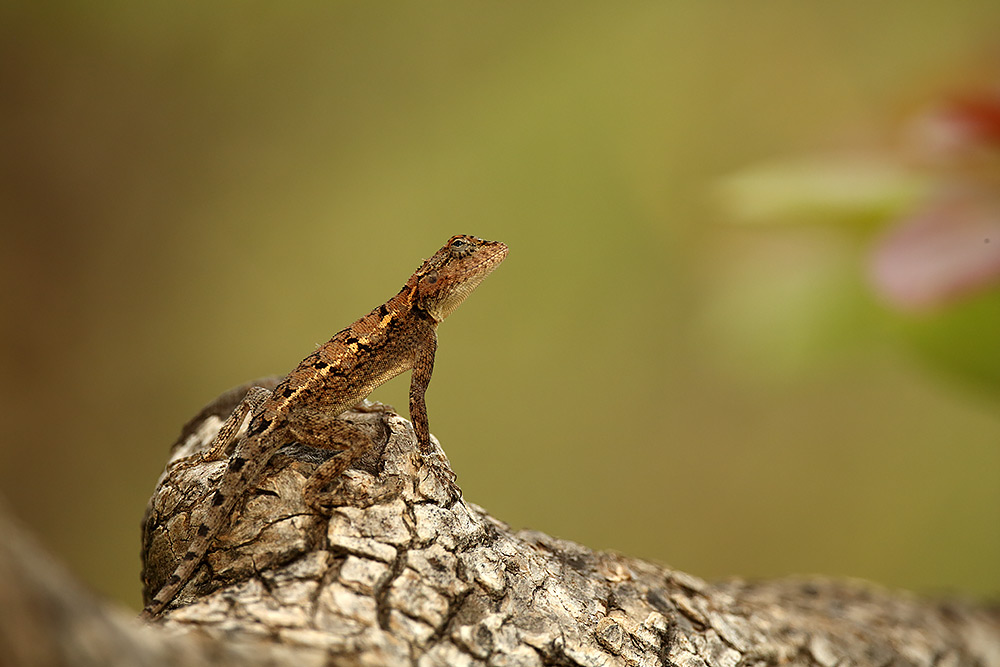|
I've been travelling to India since 2011, indeed you can even look back at my blog posts from the time (excuse the terrible photography). In that time, the country has completely changed, both for better and for worse. A thriving modern 'democracy', India has developed at a startling speed and domestic tourism has increased a hundred-fold (no bad thing). However, that does mean that many of India's once quiet reserves are now packed with people keen to catch a glimpse of a tiger. Trying to get away from the crowds can be tricky, but Nagarhole is a place where things are a little quieter and the wildlife sightings can be enjoyed that much more. Back in April, I was at the helm for Wildlife Worldwide's Nagarhole Photo Safari once again. This week-long trip is perfect for seeing, and photographing Asian elephant, tiger, leopard, Malabar giant squirrels, a plethora of birds and even sloth bear. There is, of course, so much more on offer, but hopefully that whets your appetite. This little slice of paradise really has become one of my favourite parts of India, and it delivers year on year. I know, I know, you want to see the photos. Our first afternoon rewarded us with two tigers, but alas, the photography opportunities were not really there. The next day though, we were treated to exceptional views of sloth bear in the morning and tiger in the afternoon. As you can see, it really didn't take long to get fantastic views, as well as some decent photography of some of our target species. We had hoped to have good encounters with Asiatic wild dog. Despite seeing them in the distance, we never got close enough for worthwhile photography opportunities. For the next couple of days, we focused on some of the smaller and less-photographed species that call the park home. That's not to say that we didn't enjoy views of some of the larger things, but it was these alternative species which provided the more rewarding photography. With such great subjects, the group were rewarded with an amazing portfolio. These 'B-list' species are actually, in my opinion, what makes Nagarhole such a special place to be. So far, we hadn't caught sight of a leopard (something the park is famous for), and so we decided to spend a morning focussing on these elusive cats. We drove along a track, slowly working our way down a hill and scanning every tree along the way. Parking up at the bottom of the hill, our driver Sadiq turned off the engine and we just listened for alarm calls (the best way to find big cats in the dense forests of India). After 10-minutes or so, with no sounds and relaxed chital (spotted deer) all around us, we slowly made our back up the hill. Varun, our guide, suddenly called to stop - there only 25 yards away, sat perfectly in a tree was a gorgeous female leopard. It was a misty morning and the forest had an ethereal feel to it. What an incredible sighting. The photography was just wonderful. Having already had the most magical of weeks, spoiled rotten with incredible sightings, we decided to spend the last full day focussing on the striped contingent once again. I don't think it matters how many tigers you see in the wild, you always want one more. And so we put in the hours and we were rewarded with one of those dreamy encounters - the hard work paid off. If you would like to join me in 2025, there are still a couple of spaces remaining. Please contact Wildlife Worldwide to find out more.
0 Comments
I haven't been back to India since 2019 - primarily due to Covid-19, but this year I was delighted to head back for a dedicated photography tour to Nagarhole National Park with Wildlife Worldwide. This is one of India's hidden gems and despite not being as well known as some of India's more illustrious parks, it offers some truly world-class wildlife encounters and for those that are patient enough, some excellent wildlife photography opportunities. Our group was spoiled with some memorable tiger sightings, several different leopards, gaur, deer and Asian elephant. It was a fabulous week in a beautiful part of the world, which for the time being is still relatively quiet. I hope you enjoy the photos. The best thing in Nagarhole is that you can be really lucky and enjoy your own, private sightings of the predators. Moments such as these are something to cherish and we had exclusive sightings of both dhole (Asiatic wild dog) and tiger. If you ever want to visit India, wanting to escape the crowds, I can't recommend Nagarhole National Park enough. Visit the Wildlife Worldwide website to find out more.
I remember seeing the first images of Japan in winter around 10 years ago, but I had no knowledge of the country and very little idea about the wildlife. However, at the start of 2019 I was asked whether I would like to lead Wildlife Worldwide’s inaugural photography tour to the country, during the snowy winter months, focusing on red-crowned cranes, Steller’s sea eagles and of course the much-loved Japanese macaques (or snow monkeys). Firstly, if you decide to visit Japan, I can’t recommend Japan Airlines enough - they were truly exceptional. The majority of Japan’s wildlife is concentrated along the main island’s central spine or on some of the smaller, wilder islands such as Hokkaido. This is where my group spent the majority of their time, on the beautiful snowy island of Hokkaido. We had wonderful sightings of whooper swan and red-crowned cranes during the first couple of days on the island. We had the chance to see a pair of Ural owls in the nearby forests and numerous woodland birds (many of which are recognisable to those from Europe). For me though, the species I was most looking forwards to seeing was the impressive Steller’s sea eagle. Let’s just say I wasn’t going to be disappointed … We didn't have the best light for our time in Japan, particularly with the cranes - it was either too gloomy or too bright. Fussy photographers are a pain, but it does make such a big difference. It was really gloomy for my time with the swans, so I didn't really get anything worthwhile, but it was lovely just to watch them. After our time in the island's volcanic interior, it was time to head to the coast in search of Steller's and white-tailed eagle. After heading out in to the see ice to photograph the eagles, we headed south towards a frozen lake for more eagle photography. There was also an opportunity to enjoy the glorious birdlife around a traditional onsen. The highlights here were the Japanese pygmy woodpecker, the Japanese sable (a member of the marten family) and the Blakiston's fish owl (the largest owl in the world). After an amazing week on the island of Hokkaido, enjoying the snowy conditions and stunning wildlife, it was time to head back to Tokyo. We spent a night in Tokyo before heading into the main island's centre to the city of Nagano. To be more precise we headed to the town of Yamanouchi, the perfect place to base ourselves for photographing the famed 'snow monkeys' or as they should be known, Japanese macaques. Sadly, there was a bit of a heat wave in the mountains and snow was rather lacking for the most part. So what can I say about Japan. Well, quite simply, it is fantastic. Don't expect to be on your own, there will nearly always be other people about, but it is still somewhere I recommend highly. For the opportunities to see Steller's sea eagles alone it is worth it. Be sure to join on Wildlife Worldwide's Japan's Winter Wildlife photography tour.
There is one animal that elicits an emotional response like no other in the natural world. Which creature could it be? For me, and many others I know of, the Tiger has an aura, a spirit that seems to soar above those creatures around it. Don't be fooled though, this isn't the only draw to India ... it is just a case of trying to find a wild corner of this vast country to explore its natural delights. I have recently returned from a trip to India searching for Tigers and some of the stars of the Jungle Book. I had some issues along the way with cameras and park legislation but I won't go into that here. I didn't have the best trip from a photographic point of view but there were a few stand out moments which I thought I would share with you. The week started off pretty slowly and I didn't really have any sightings of any of Tadoba's standout species. However I did seem to have some better luck on the bird of prey front ... as you can see above. The my luck changed and I had an incredible encounter with a very handsome young male Tiger. Only moments after driving through the park gates we heard a sound that is comparable with that of a Lion in Africa. We heard the territorial call of the Tiger and we knew that it was heading back into the park, having spent the night patrolling the park boundary. We drove up into the park proper and stopped at the top of the hill and listened. The deep call sounded again from the forest, it was coming closer. We moved further down the road and waited for a moment that will live long in my memory, an intimate moment with one of the most striking individual cats I have ever seen. I was also really lucky with a particularly close encounter with a pack of Dhole (Indian Wild Dog), but the photography opportunities were tricky as the dogs being rather unsettled. Only moments before these images they had failed to hunt a Barking Deer, they weren't particularly keen to oblige and pose for photographs. I will be writing another post about the last few days I spent in Tadoba and going on to describe a few of my concerns too. Although I saw plenty of wildlife, I was rather shocked at some of the tourism practices within the park and the way this could directly affect the wildlife.
For now though I will leave you with a shot of this cute little fellow ... |
AuthorBret Charman Archives
July 2024
Categories
All
|












